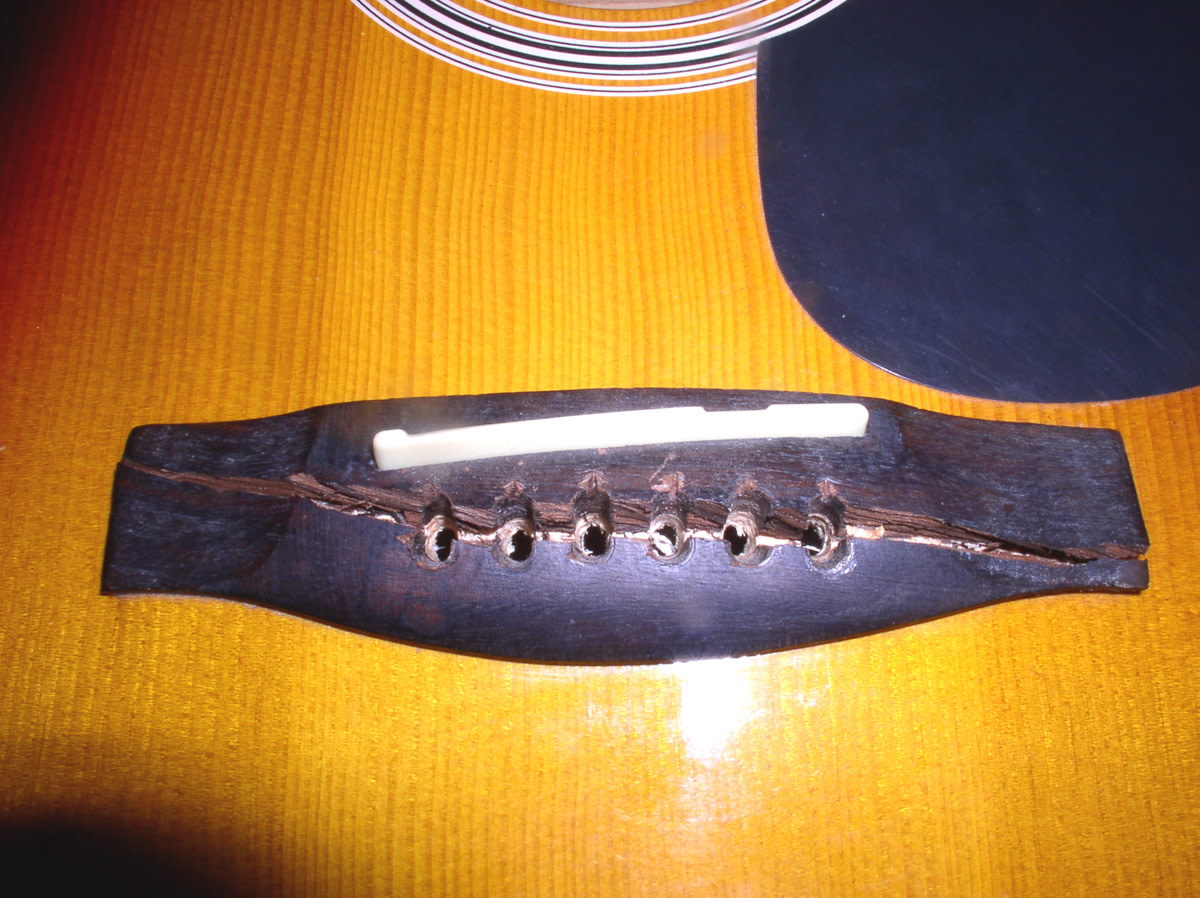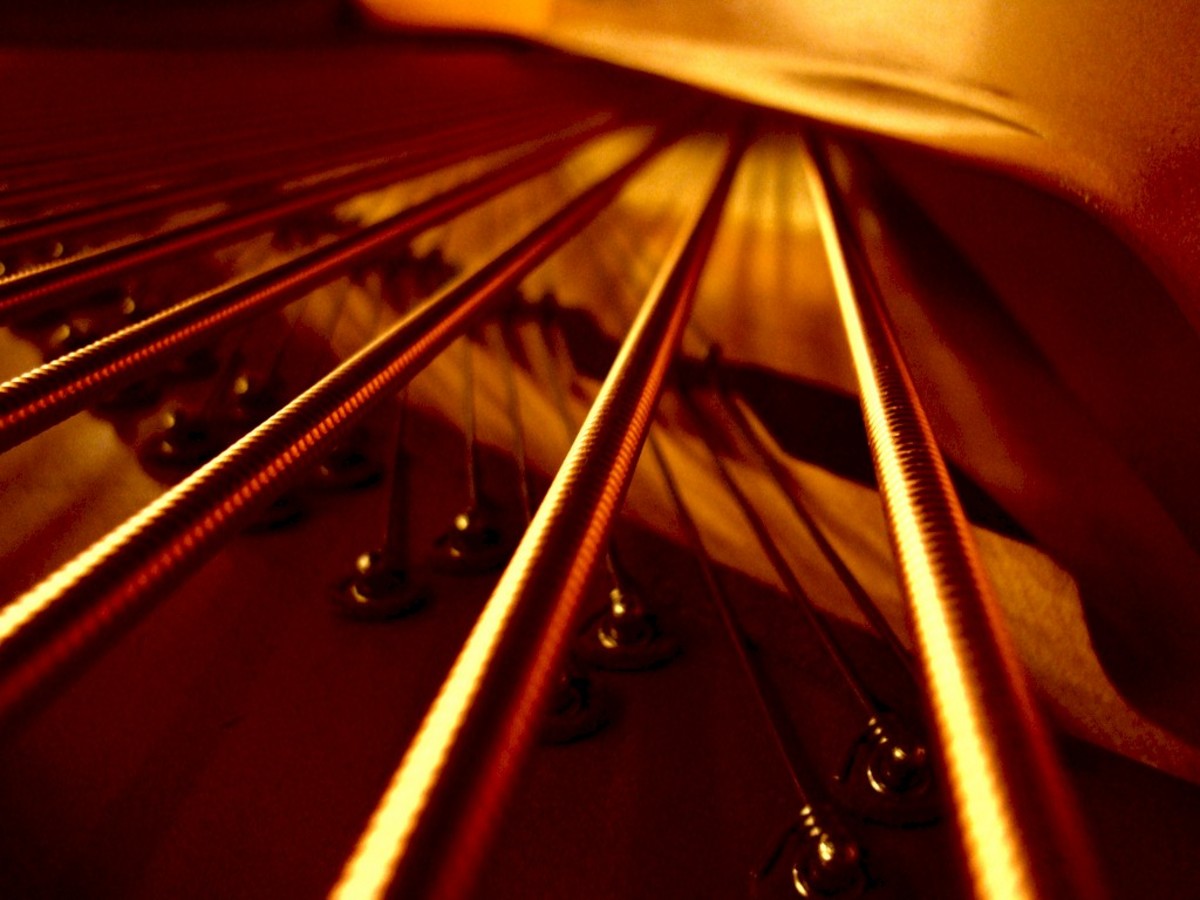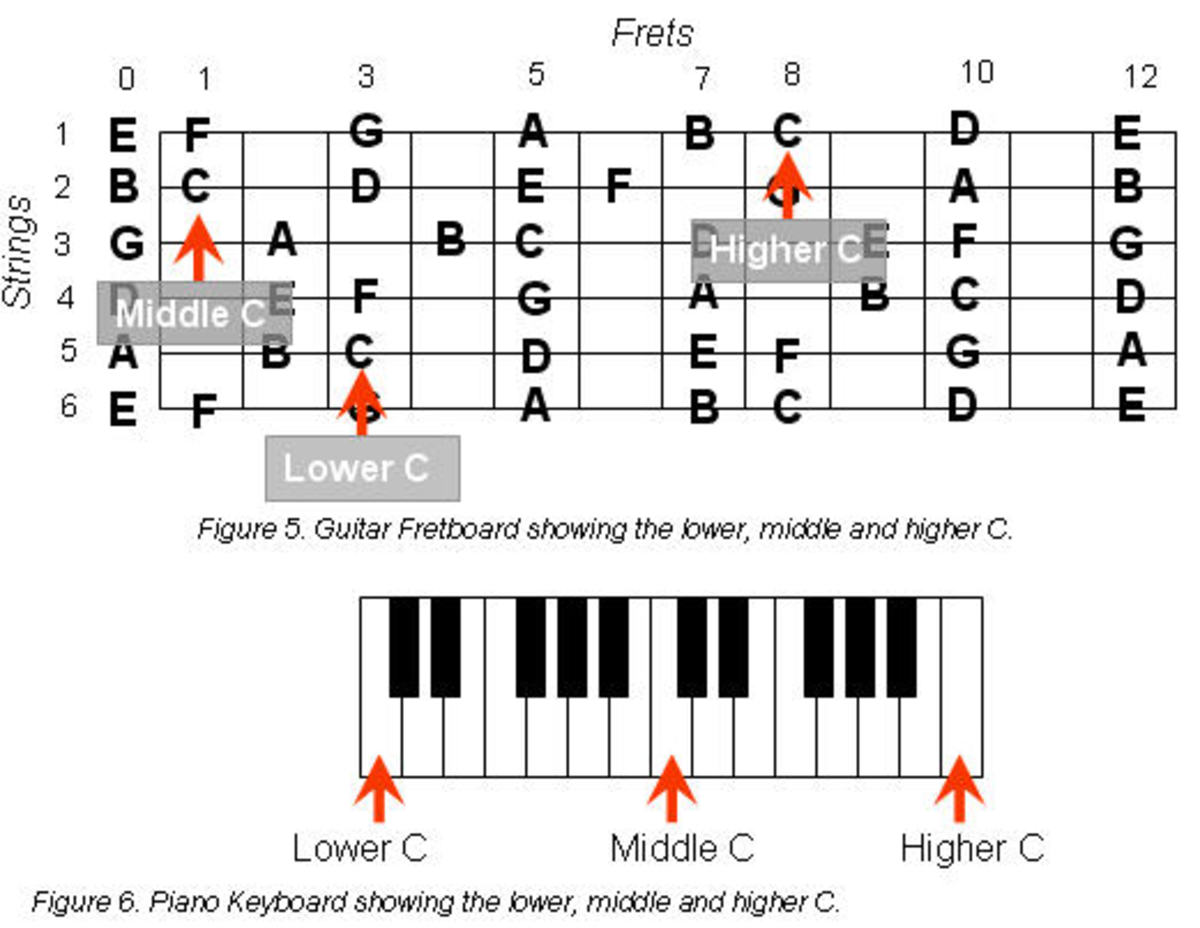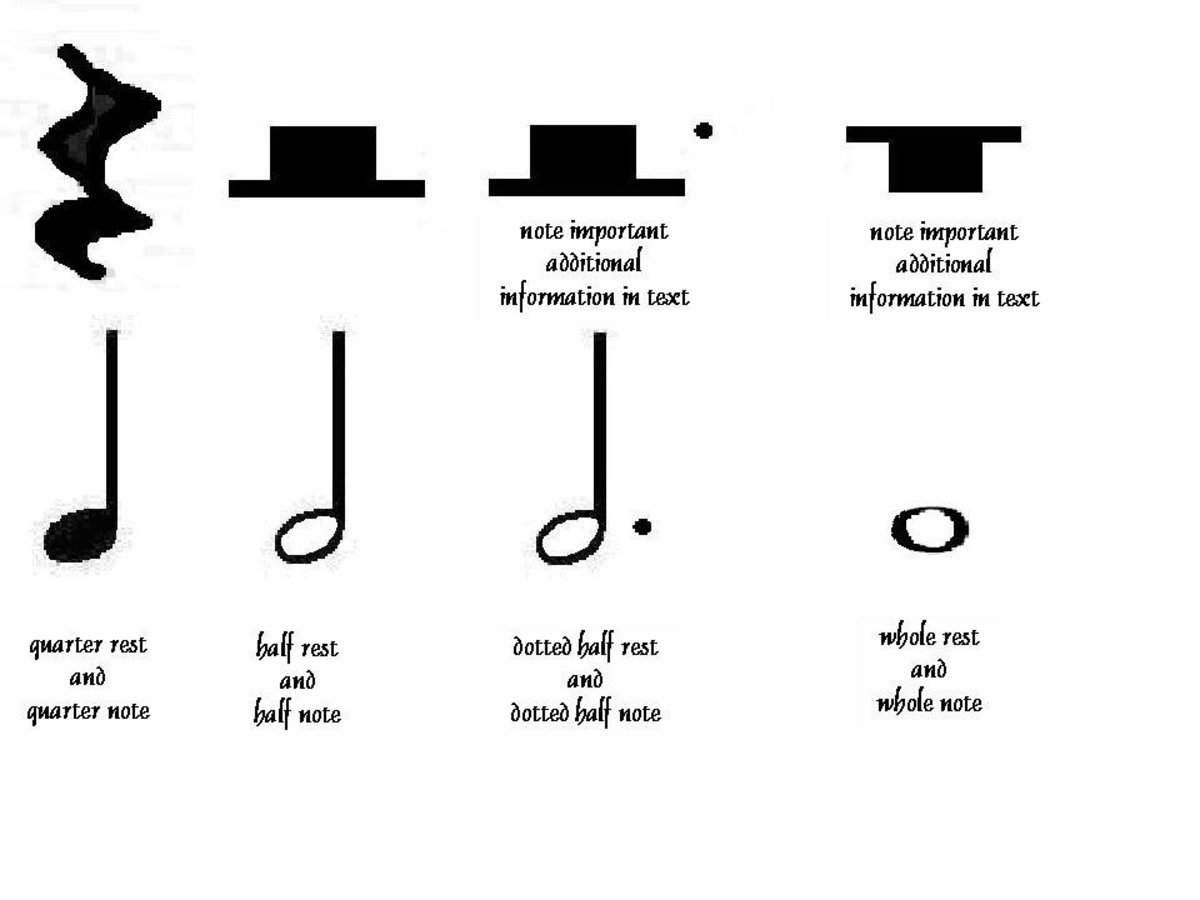Good Vibrations - Musical Physics

Although music itself may not be scientific and is classed as an art, it could not exist without sound, and because sound revolves around physics there is a lot of musical physics related topics out there, such as what a wavelength is to how to tune a guitar.
Sound comes purely from vibrations. When something vibrates it pushes against the medium next to it (such as air or water), which then pushes against the medium next to that, therefore creating a pulse. When vibrating these things expand and retract they create zones of retraction which continue to travel away from the source, this is called a sound wave.
“A wavelength is the distance between recurring units of a propagating wave of a given frequency.”
The wavelength is usually symbolised with lambda, Wavelength is inversely proportional to frequency. In this formula:
ƒ = v ÷
the frequency (ƒ)is equal to the speed of the wave (v) divided by the wavelength. Only the wavelength and speed change, if a wave, that is from a monochromatic source, travels from one medium to another, but the frequency stays the same.
On a violin, its strings are stretched from the ‘bridge’ to the ‘nut’. This allows the instrument to create stationary waves, which are waves that remain in a constant position. If the properties of the strings are altered the frequency and harmonics can be adjusted, for example if the tension is increased or the material the string is made from is changed.
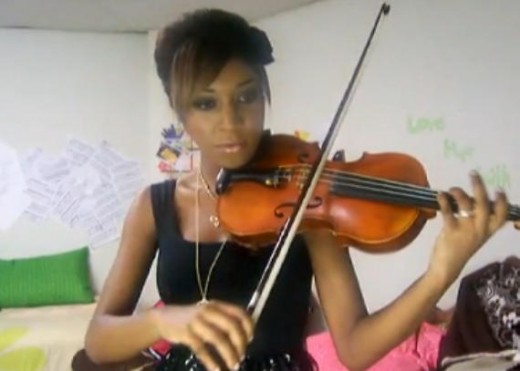
If the tension is increased the string will reach a higher frequency note. This is because when the string is played, sound waves travel faster through it. The equation:
ƒ x = v
shows that the frequency multiplied by wavelength equals the velocity of a vibrating string. As the length of the strings does not change, the wavelength remains a constant, therefore any change to the frequency or the velocity will cause the other to change proportionally and vice versa. On a violin, the sound is produced by creating friction between the bow and the strings. The string on a bow is usually made from horse hair, which is then layered in rosin, which would cause the string to be stickier and therefore making creating a sound a bit easier. The sound is created by placing pressure on the bow and then pulling or pushing it across the string.
Once the force pulling the string back becomes more than the force the violinist puts on the bow, the string springs back into its normal position. Because of this sudden movement vibrations are caused to journey up and down throughout the string. This is what causes the sound to emerge from the violin. If the string is pulled back further then there will be larger vibrations on the string causing more sound, and the opposite is true to, if the string is only pulled slightly then there will be smaller vibrations and therefore less sound. This can be shown with this formula:
ƒ = μ x η
A stringed instrument such as a violin or a guitar can be tuned by adjusting the tension of a string so that it is correct to the other strings. An example of this is on a guitar, where to tune the 5th string to the 6th one would press down on the 6th string on the 5th fret, thus reducing the wavelength of the string, and then pluck the string and compare it to the open note of the 5th string. The tension of the 5th string is then increased or decreased to match the pitch of the of the 6th string.

An electric guitar uses magnetic pick ups to detect the sound of the steal strings. These pick ups can have up to seven thousand turns of fine wire, and sense the vibrations of the strings by turning motion into electrical energy. This is because the vibrations from the steel strings create a corresponding vibration within the pick up’s magnetic field and as a result also create a vibrating current in the coils. By using a very basic circuit the signals are sent from the pick up to the amplifier.
On a drum kit sound is made when the skin of a drum is hit with a Drum stick. There are many different drums on the kit and they have circular membranes which have many modes of vibration. Depending on where you hit the drum with the stick, the excitations of the various modes vary. The snare drum or the bass drum would be struck in the centre. For an ideal circular membrane without any air damping effects, the fundamental frequency is shown by the formula:
ƒ1 = 0.765 √t ÷ ө
In this equation t is equal to the membrane tension, ө is equal to the mass per unit area and D is equal to the diameter of the membrane.
The snare drum has about eight snares stretched along the bottom of the drum which vibrate as the snare is hit and the membranes vibrate, creating they’re own sound. To tune a drum you must increase the tension on the tuning pegs. This must be done with an equal amount of turns done gradually, and instead of doing this in a clockwise order it must be done in opposites.
Mainly at the lower of frequencies the snare drum’s two membranes are coupled to each other acoustically. The mode that has the higher frequency member involves both heads going in opposite directions and the mode with the lower frequency involves the heads going in the same direction.
On a wood wind instrument such as the flute, lower notes are made by shortening the air column in it by opening holes in the side of the body. This raises the fundamental frequency of the open air column. Higher notes are made by “overblowing” the flute. This is achieved by forcing air column so that it reaches its second harmonic.
A harmonic of a wave is a component frequency of the signal. It is a multiple of the original frequency, for example if the original frequency was х, then its harmonics would be frequencies of 2х, 3х, 4х and so on, and x itself would be a harmonic.
In conclusion the enjoyment of music is given to us by the combination of the skill of the player and they’re knowledge of the physical side to the instrument.


